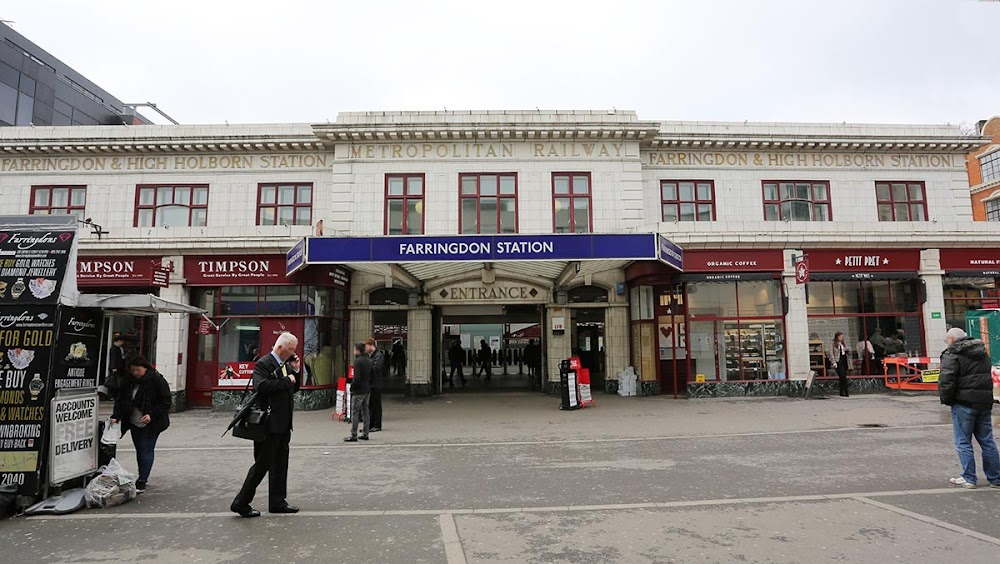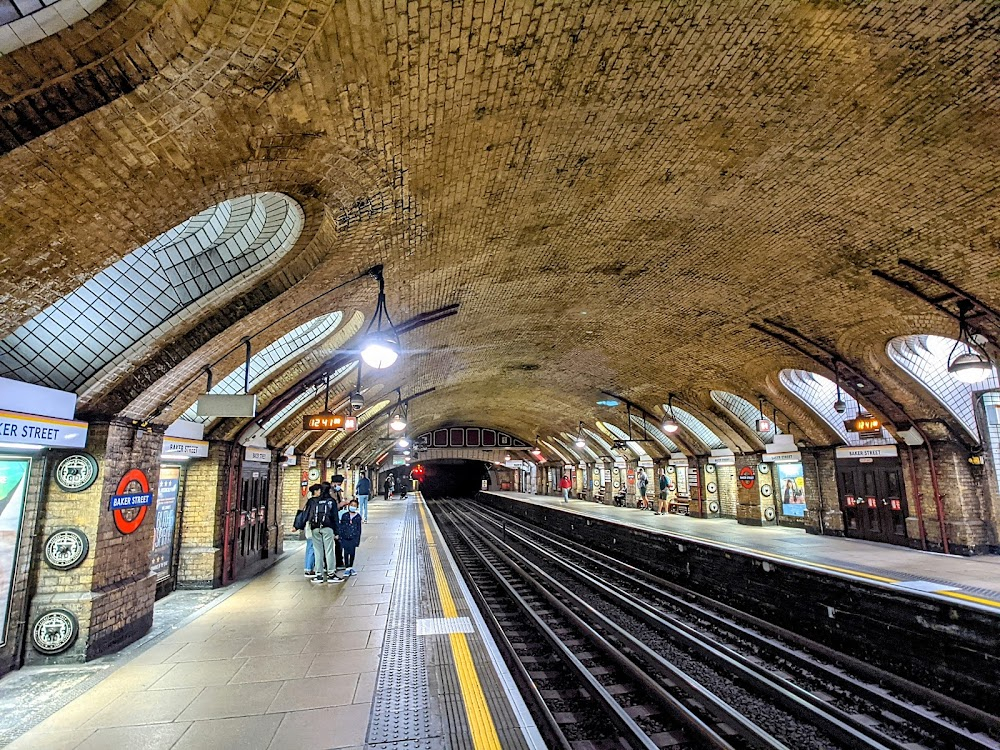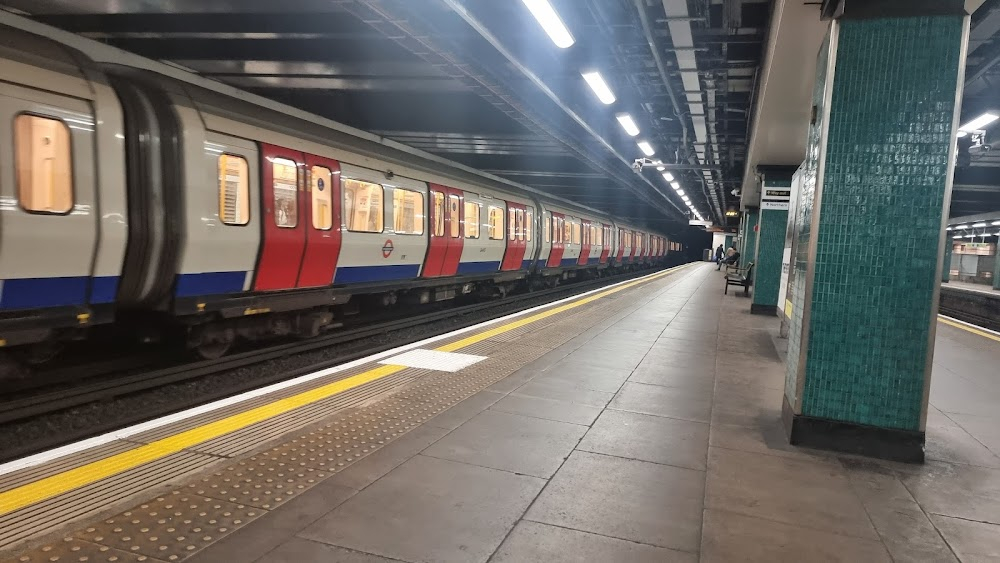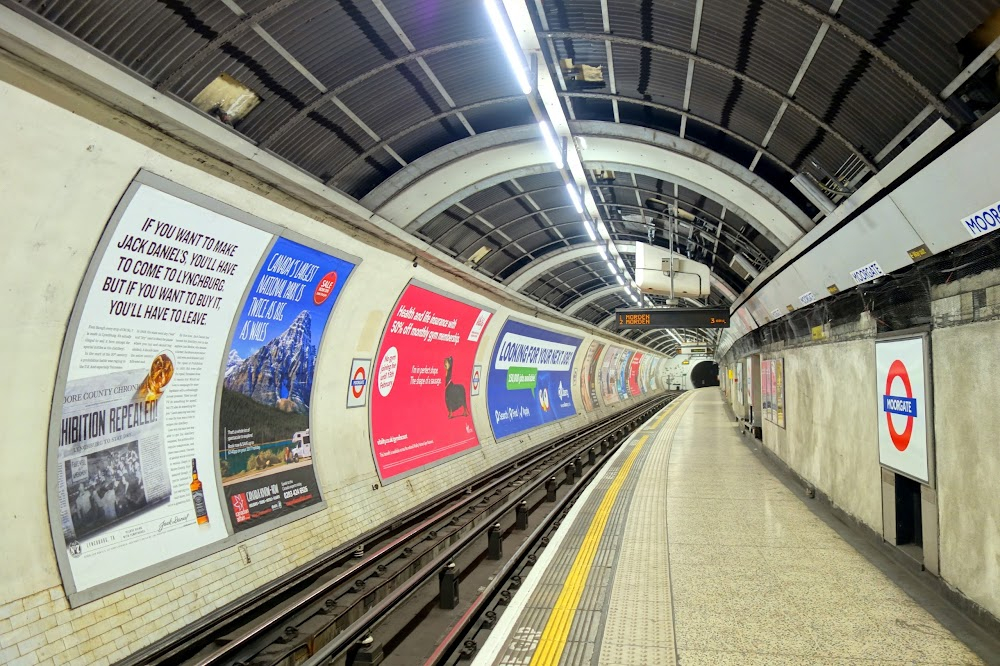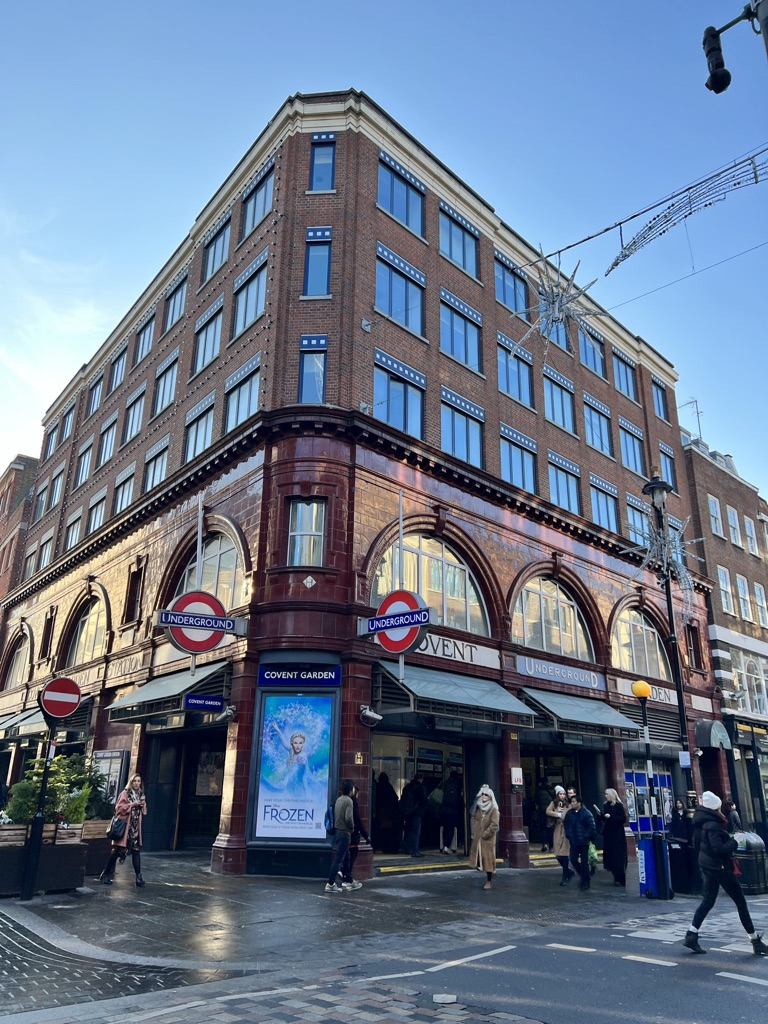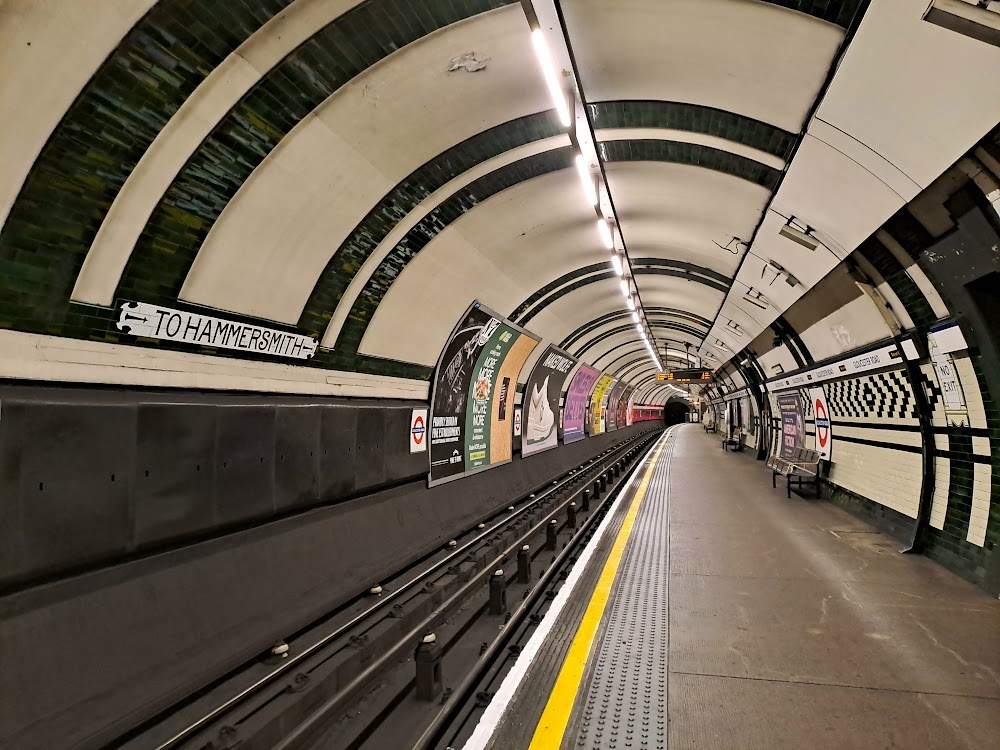The Tube: An Underground History Filming Locations

Where was The Tube: An Underground History filmed? The Tube: An Underground History was filmed in 28 locations across United Kingdom and Australia in the following places:
The Tube: An Underground History Filming Locations
The United Kingdom, made up of England, Scotland, Wales and Northern Ireland, is an island nation in northwestern Europe. England – birthplace of Shakespeare and The Beatles – is home to the capital, London, a globally influential centre of finance and culture. England is also site of Neolithic Stonehenge, Bath’s Roman spa and centuries-old universities at Oxford and Cambridge.
England is a country that is part of the United Kingdom. It is located on the island of Great Britain, of which it covers approximately 62%, and over 100 smaller adjacent islands.
London, the capital of England and the United Kingdom, is a 21st-century city with history stretching back to Roman times. At its centre stand the imposing Houses of Parliament, the iconic ‘Big Ben’ clock tower and Westminster Abbey, site of British monarch coronations. Across the Thames River, the London Eye observation wheel provides panoramic views of the South Bank cultural complex, and the entire city.
Popular with creative firms and dotted with smart apartment blocks in converted warehouses, Clerkenwell is home to cutting-edge restaurants and cosy gastropubs, plus historic pubs, sleek bars, and nightclubs. Hip cafes and indie shops line car-free Exmouth Market, which has a twice-weekly street-food market. Leather Lane Market has food stalls catering to local office workers, as well as clothes and produce.
A historic area bordering the City of London, Farringdon is known for Smithfield Market, a centre for meat trading since medieval times. St. Bartholomew the Great is a 12th-century, Romanesque-style church, while The Charterhouse complex, dating to 1348, includes a museum with tours. A lively nightlife scene around Charterhouse Street includes upmarket bars, trendy restaurants, and the long-running Fabric nightclub.
Marylebone is a chic residential area with a village feel, centred on the indie boutiques and smart restaurants of Marylebone High Street. Tourists queue for the Madame Tussauds waxwork museum and the Sherlock Holmes Museum, the latter in the fictional sleuth’s home at 221b Baker Street. The Georgian mansion that houses the Wallace Collection of art and period furnishings typifies the area's elegant architecture.
Westminster is the bustling government area near Buckingham Palace. Tourists head to Trafalgar Square’s monuments and to see the changing of the guards at Horse Guards Parade while politicians mingle in Whitehall’s pubs. At the Houses of Parliament, by the River Thames, the Big Ben bell rings out from its iconic clock tower. Medieval Westminster Abbey contains the graves of historical figures such as Charles Darwin.
Greater London is the administrative area of London, England, which is coterminous with the London region. It contains 33 local government districts: the 32 London boroughs, which form a ceremonial county also called Greater London, and the City of London.
Hammersmith is an artsy riverside area, home to eclectic productions at the Lyric theatre and rock shows at the Apollo concert hall. Busy shops and cafes line King Street and fill the Kings Mall, while trendy gastropubs contrast with historic drinking dens like the Dove. Leafy walking trails wind along the River Thames, which is spanned by the landmark Hammersmith Bridge. The annual university boat race draws crowds.
A shopping and entertainment hub in London's West End, Covent Garden centres on the elegant, car-free Piazza, home to fashion stores, craft stalls at the Apple Market, and the Royal Opera House. Street entertainers perform by 17th-century St. Paul’s Church, and the London Transport Museum houses vintage vehicles. Upscale restaurants serve European cuisines, and nearby theatres draw crowds for plays and musicals.
Kensington is an upscale area with stately Victorian buildings and embassies. Tourists come to see dinosaurs at the Natural History Museum, hands-on displays at the Science Museum, and period furnishings at Kensington Palace. The grand Royal Albert Hall hosts concerts from classical to pop. Well-to-do shoppers frequent chic boutiques on Kensington High Street and antiques stores on Kensington Church Street.
Bloomsbury’s collection of academic and medical institutions, bookshops and cafes makes for a busy crowd of locals, students and tourists. Elegant Georgian townhouses line leafy Russell and Bedford squares. The renowned British Museum is a treasure trove of antiquities, while the Charles Dickens Museum, in the author’s former home, shows connections between the writer's life and that of his characters.
The Tube: An Underground History (2013)
This programme looks at the origins, development and running of the London Underground "Tube" system. To celebrate the 150th anniversary of The Tube, London Underground are organising for an old Metropolitan steam loco to haul trains along the first section of line to open, the Metropolitan Railway from Paddington to Farringdon, and at Farringdon they are preparing for a royal visit by Prince Charles and Camilla.

